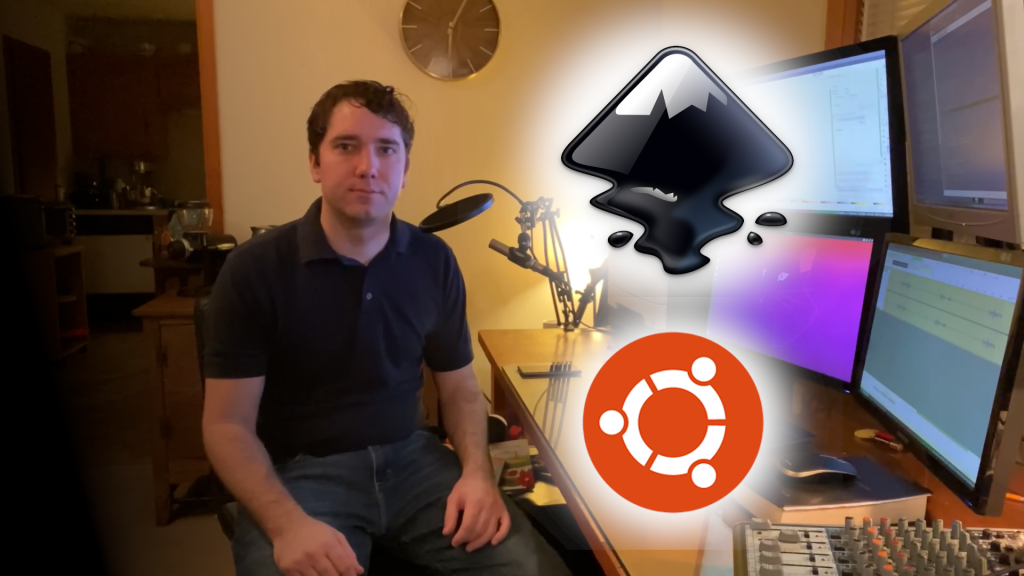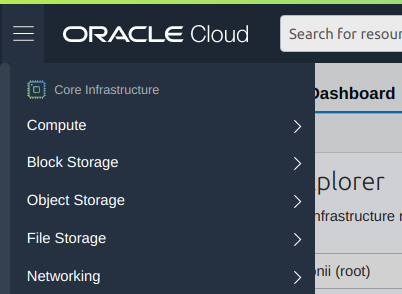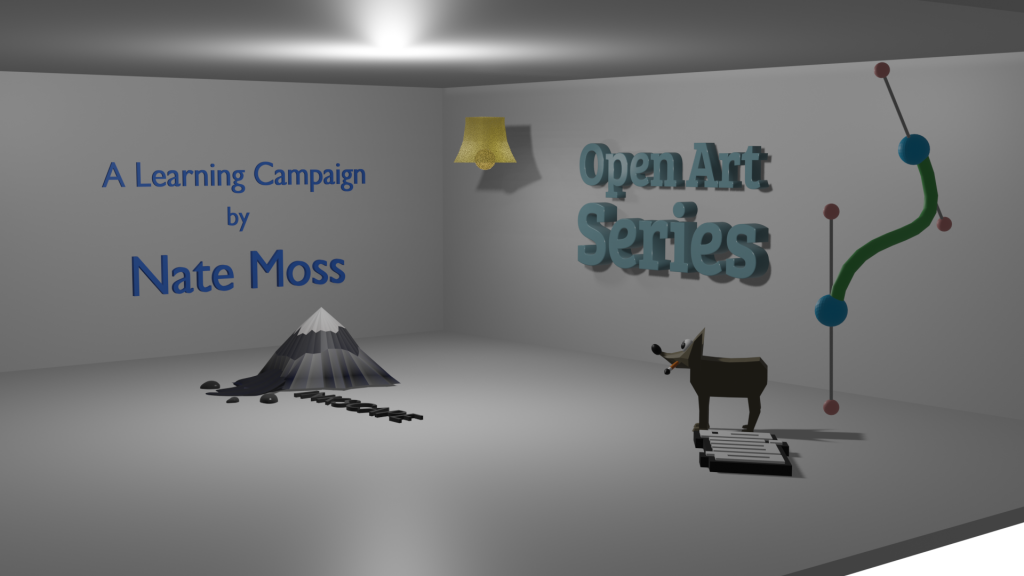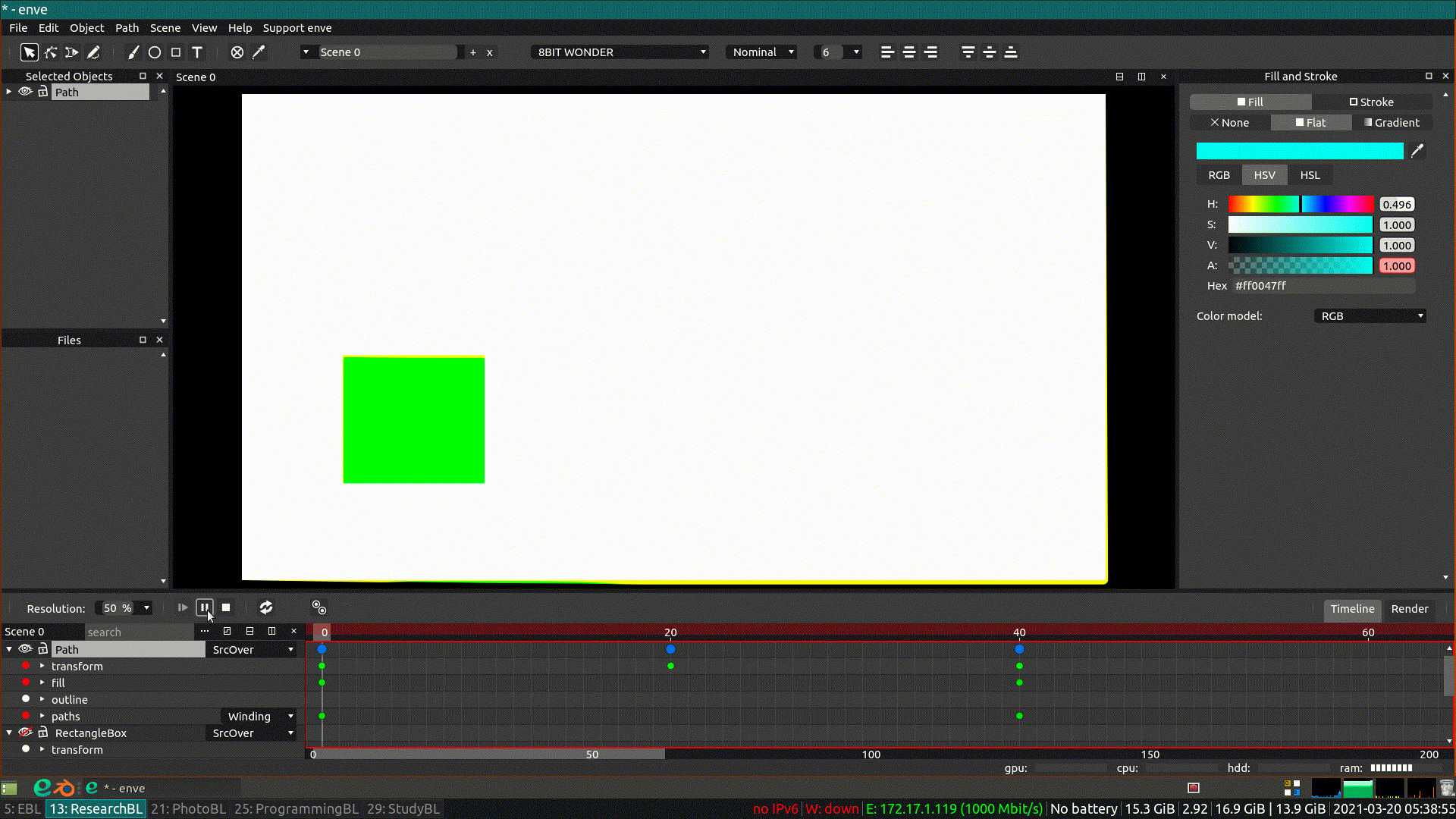
“Do a lot of work.”
I recently stumbled upon a motivational video featuring Ira Glass (a radio personality) which brought to my attention the barriers for creatives like myself to break through and finally get started doing what we love. What’s the key? “Do a lot of work. Do a large volume of work.”
The thinking is, you might know that you’re not good at doing something, and you might want to be better at it, but you’ll only get better if you start doing it. Over the past few months, I’ve been putting this concept in to practice by attempting to be more consistent in my content creation.
GuruPilgrim Project Launch
In February, I uploaded the first video for the GuruPilgrim project. Here is a brief summary of what the GuruPilgrim project is and what I’ve accomplished so far.

For over a decade, I’ve been using the handle “GuruPilgrim” for a lot of my online activity. The term “Guru” has come to mean one who has obtained great knowledge of a subject. And “Pilgrim” of course, is one who is on a journey, often in search of something better. A “GuruPilgrim” then, is one who is in the constant pursuit of great knowledge.
The focus of the project is on doing things with Open Source software. Making graphics, videos, websites, photographs, software applications, or live streams involves elements of both architecture and art. All of these kinds of tasks have one thing in common, you’ll need to use a computer to make or modify them. This gives me enough common ground to put a lot of content in one place, showing everything from post processing photographs to programming languages. I hope to connect these many elements together in an easy to understand way.
I’ve completed my first tutorial series, Intro to Inkscape, and I’m gearing up for another one, Intro to Gimp. The lessons learned in making the first series have helped me to make some changes that should make the Gimp series just a little better.
Learning Cloud Technologies
When you have a career in technology, you really can’t stand still. It is important to always be looking to learn something new and relevant. I’ve been focusing my study on cloud technologies recently.

Most of the cloud providers have a “free tier” to help people get started on their platform without spending a lot of money. Oracle currently seems to have the best free tier offering, which makes sense as they have been pushing hard to get more people using their cloud solutions. That has attracted me to the platform and I’ve been really enjoying a lot of things about it.
Oracle has an “Always free” offering that includes 2 free virtual machines, which I was quick to use up. The way that they isolate products into “compartments”, combined with the sane and safe default security settings, make everything feel secure. You only open the doors you want to open, connect the things you want to connect, and grant only the permissions you want to grant.
Cloud solutions are likely a big part of the future in systems administration, so I’ll continue to explore Oracle and the other major cloud providers for the foreseeable future.
StreamBuilder
One of the needs that I’ve come across in the live streaming world is for a way to schedule, manage, update, and post-process live events across multiple live streaming platforms and sites. Let’s say you have an event, and you want to live stream it on YouTube, Facebook, Twitch, and Periscope. When it’s over, you want to upload the full video to Vimeo and YouTube, and upload snippets to Twitter and Facebook. That would be a whole lot of work, before, during and after the event, but it’s all the same event with a single source of content.
As I thought about the problem, I realized that with the available REST APIs for all of these platforms, it should be easy enough to build a single interface that could handle all of this. Thus, StreamBuilder was born.

The plan is to build StreamBuilder in Python using the Kivy framework for the GUI. This will allow me to compile it for both Windows and Linux. If I had easier access to Mac, I could also compile it for Mac, so someday in the future the door would still be open for that as well.
The interface is split into four tabs: Streams, Videos, Cameras, and OBS. The Streams tab is where you will schedule, manage, and manipulate upcoming stream details across the live platforms, as well as trigger “go live”, and monitor activity. The Videos tab is where you will be able to work with the videos that OBS generates, insert and manipulate cut-points, and upload portions of your live stream as individual videos to the same or other video platforms (some video platforms can’t handle live streaming). The Cameras tab will allow you to control PTZ cameras with some new and very helpful controls, potentially even easier than with a joystick. The OBS tab will allow for integrations with OBS for showing and hiding overlays in your stream, greatly simplifying the number of scenes needed to get the same control.
This project is still in the conceptualization stage, but has great potential. I’m looking forward to implementing it piece by piece.
Blender
For years, I’ve dabbled in Blender (3D software), but until version 2.8x dropped, it was always overwhelming. Thanks to the Blender Guru, Andrew Price, who years ago shook up the Blender community with his podcast where he tore apart the Blender interface, there has been a huge redesign that took more than five years to realize. That design change has made Blender monumentally easier to use, and I’ve been much more successful recently in making things with Blender.

In keeping with the “Do a lot of work” theme, I’ve been thinking about ways to use Blender more consistently. The intros and outros for the GuruPilgrim videos so far have been created in Blender, and I’ll continue to explore other things I can do with it.
Enve
It used to be that the biggest gap in good open source software for creative work was video editing. Kdenlive has advanced to a level where that can no longer be said. Now, the biggest gap is good 2d animation software. Blender has incorporated a great 2d animation toolset, but Blender still has a steep learning curve. Just a couple of weeks ago, I came across a new open source application that might just be the ticket!
Enve (pronounced like “envy”) is a new project, with one primary developer, who frankly isn’t all that responsive. They continue to commit to the project though, and it is starting to show some skills. Enve for me is really easy to learn, because it allows you to import from Inkscape (one of my favorite tools), and it works in a very similar way to Inkscape.

I still have some learning to do in regard to using the program, and there isn’t much documentation yet, but it has me pretty excited about the potential.